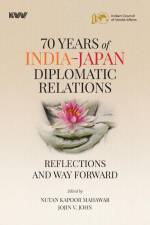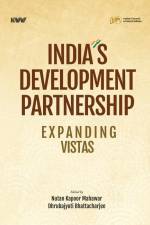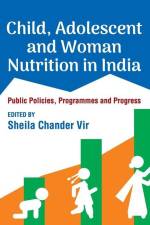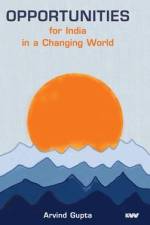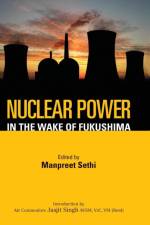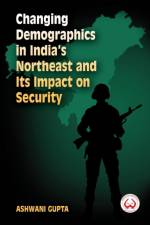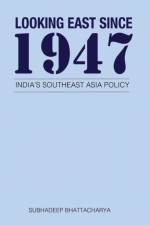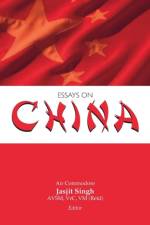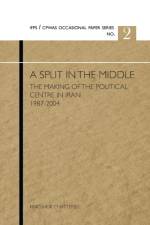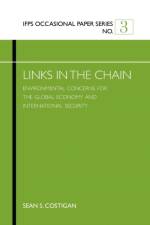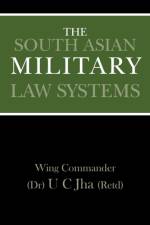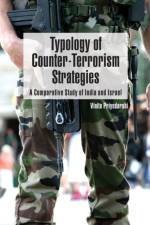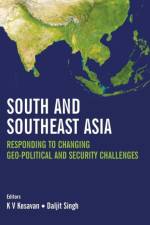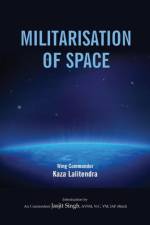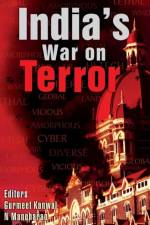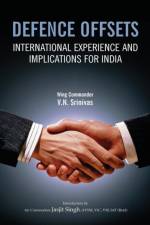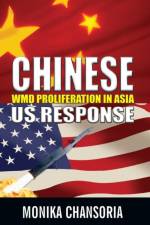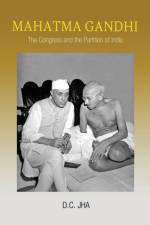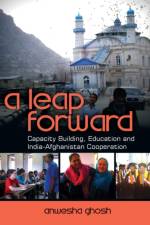821
Going by all estimates, this is going to be an Asia-centred century. Indeed, a shift of global power is under way from West to East. The rise of China and India, the recovery and resurgence of Russia on one side, and Japan, on the other, and the nature of the international order are leading to enormous changes. These transformational changes in the military, economic, social and political dynamics of Asia will only accelerate with the passage of time. Historically, changes in the international order and equations of power among nations have been almost inevitably accompanied by conflicts and wars. The challenge ahead, therefore, for the international community in general, and the Asian countries in particular, is to ensure that this is avoided, and competition, which is inevitable, is managed without escalating to the level of armed conflict. This is crucial for most countries, and especially so for India so that its pursuit of comprehensive national development can progress without adverse distractions. In order to work toward such goals, it is necessary to look at security and military-related issues as objectively as possible. It is with this objective in view that the Centre for Air Power Studies has been bringing out the Asian Defence Review. This volume, a resource base for both the professional and the general readers, is the eighth in the series under this title, which aims to fill a critical information and knowledge gap in current strategic literature dealing with military strategy, defence politics and trends in military capabilities that impact countries in Asia. In particular, it covers some of the important issues that affect the Asian countries, including those related to air power, outer space, Pakistan, China, cruise missiles and sea-based deterrence.

